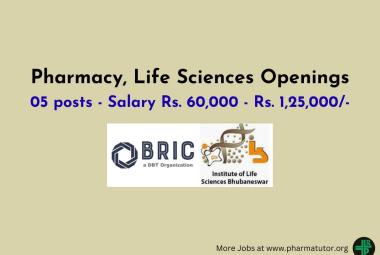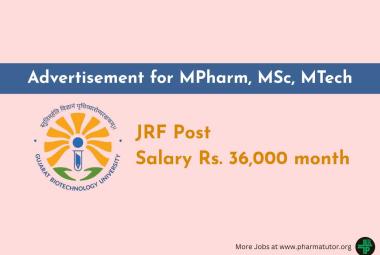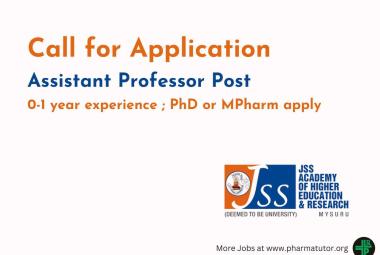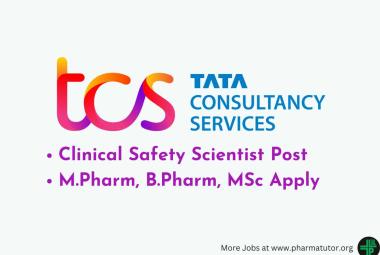 ABOUT AUTHOR:
ABOUT AUTHOR:
Amitava Sinharay
B.Pharm
India
a.amitava.s@gmail.com
INTRODUCTION:
Acute coronary syndrome (ACS) refers to any group of symptoms attributed to obstruction of the coronary arteries. The most common symptom prompting diagnosis of ACS is chest pain, often radiating of the left arm or angle of the jaw, pressure-like in character, and associated with nausea and sweating. Acute coronary syndrome usually occurs as a result of one of three problems: ST elevation myocardial infarction (30%), non ST elevation myocardial infarction (25%), or unstable angina (38%)
REFERENCE ID: PHARMATUTOR-ART-2042
Acute coronary syndrome (ACS):
The term acute coronary syndrome (ACS) covers a range of disorders including myocardial infarction (heart attack) and unstable angina that are caused by the same underlying problem.
The underlying problem is a sudden reduction of blood flow to part of the heart muscle. This is usually caused by a blood clot that forms on a patch of atheroma within a coronary artery
Some important factors are responsible for Acute coronary syndrome (ACS):
A. Angina pectoris– commonly known as angina – is chest pain due to ischemia of the heart muscle, generally due to obstruction or spasm of the coronary arteries.The main cause of Angina pectoris is coronary artery disease, due to atherosclerosis of the arteries feeding the heart
Classical angina(common form) Attacks are predictably provoked (stable angina) by exercise,emotion, eating or coitus and subside when the increased energy demand is withdrawn. The underlying pathology is-severe arteriosclerotic affliction of larger coronary arteries (conducting ,vessels) which run epicardially and send perforating branches to supply the deeper tissue.
Variant/Prinzmetal's angina(uncommon form) Attacks occur at rest or during sleep and unpredictable. They are due to recurrent localized (occasionally diffuse) coronary vasospasm which may be superimposed on arteriosclerotic coronary artery disease.
B. Atherosclerosis: Atherosclerosis is a type of arteriosclerosis. The name comes from the Greek words athero (meaning gruel or paste) and sclerosis (hardness). It's the term for the process of fatty substances, cholesterol, cellular waste products, calcium and fibrin (a clotting material in the blood) building up in the inner lining of an artery. The buildup that results is called plaque.
Arteriosclerosis is a general term for the thickening and hardening of arteries.
The plaques/atheroma of atherosclerosis cause the three main kinds of cardiovascular disease:
Coronary artery disease: Stable plaques in the heart's arteries cause angina(chest pain on exertion). Sudden plaque rupture and clotting causes heart muscle to die. This is a heart attack, or myocardial infarction.
Cerebrovascular disease: Ruptured plaques in the brain's arteries causes strokes, with the potential for permanent brain damage. Temporary blockages in an artery can also cause transient ischemic attacks, which are warning signs of stroke.
Peripheral artery disease: Narrowing in the arteries of the legs caused by plaque. Peripheral artery disease causes poor circulation. This causes pain on walking.
Atheroma
In pathology, an atheroma is an accumulation and swelling in artery walls made up of (mostly) macrophage cells, or debris, and containing lipids (cholesterol and fatty acids), calcium and a variable amount of fibrous connective tissue. Atheroma occurs in atherosclerosis
Classification
Type I: Isolated macrophage foam cells
Type II: Multiple foam cell layers
Type III: Preatheroma, intermediate lesion
Type IV: Atheroma
Type V: Fibroatheroma
Type VI: Fissured, ulcerated, hemorrhagic, thrombotic lesion
Type VII: Calcific lesion
Type VIII: Fibrotic lesion
C. Acute Myocardial Infarction(AMI)
The term myocardial infarction pathologically denotes the death of cardiac myocytes due to extended ischemia, which may be caused by an increase in perfusion demand or a decrease in blood flow.
- Patients with acute myocardial infarction (AMI) usually complain of sudden or gradual onset of discomfort in the anterior chest, which may also be described as heaviness, pressure, or gas
- AMI falls in the spectrum of acute coronary syndromes(ACS), which includes unstable angina (UA), non–ST-elevation myocardial infarction (NSTEMI), and ST-elevation myocardial infarction (STEMI)
Causes:
Well-established factors leading to atherosclerosis and plaque formation include dyslipidemia, smoking, hypertension, diabetes, age, family history, and male gender
Less well-established factors include obesity, metabolic syndrome, and chronic kidney disease. Potential triggers for AMI include excessive alcohol intake, excessive physical activity.
A. Increasing age:- Increasing age is considered the most significant risk factor for CAD. Individuals aged older than 45 years have an eight times greater risk for AMI (less than 10% of patients who have AMI are aged younger than 45 years)
B. Smoking:-Smoking is a major risk factor for atherosclerosis and AMI.
C. Dyslipidemia:
- Dyslipidemia is one of the most important risk factors
- Elevated serum levels of low-density lipoprotein cholesterol (LDL-C) and non–high-density lipoprotein cholesterol (HDL-C) (other triglyceride-rich lipoproteins) significantly increase the risk of AMI
- HDL-C value less than 40 mg/dL is also a risk factor for atherosclerosis
D. Hypertension:-Hypertension is associated with a higher risk of AMI
E. Diabetes mellitus:-Diabetes mellitus is associated with a higher risk of AMI
F. Family history:-Individuals with a family history of ischemic heart disease (IHD) in a first-degree relative have a higher risk for AMI
Recent Update:
According to ACCF/AHA Guideline for the Management of ST-Elevation Myocardial Infarction, 2013
Emergency management (Selected Routine Medical Therapies) of acute MI and PCI and ACS includes-
- Beta blockers
- ACE inhibitors/ ARBs
- Statins
- Nitroglycerine
- Oxygen
- Morphine
Reference:
1. Essentials of Medical Pharmacology by KD TRIPATHI
2. Martindale-The Complete Drug Reference
3. A to Z Drug Facts, 4th edition by David S. Tatro
4. WILSON AND GISVOLD'S TEXTBOOK OF ORGANIC MEDICINAL AND PHARMACEUTICAL CHEMISTRY
5. Essential of Anatomy and Physiology-Valerie C. Scanlon
6. Integrated Pharmacology-Page,Curtis,Sutter
NOW YOU CAN ALSO PUBLISH YOUR ARTICLE ONLINE.
SUBMIT YOUR ARTICLE/PROJECT AT articles@pharmatutor.org
Subscribe to Pharmatutor Alerts by Email
FIND OUT MORE ARTICLES AT OUR DATABASE









